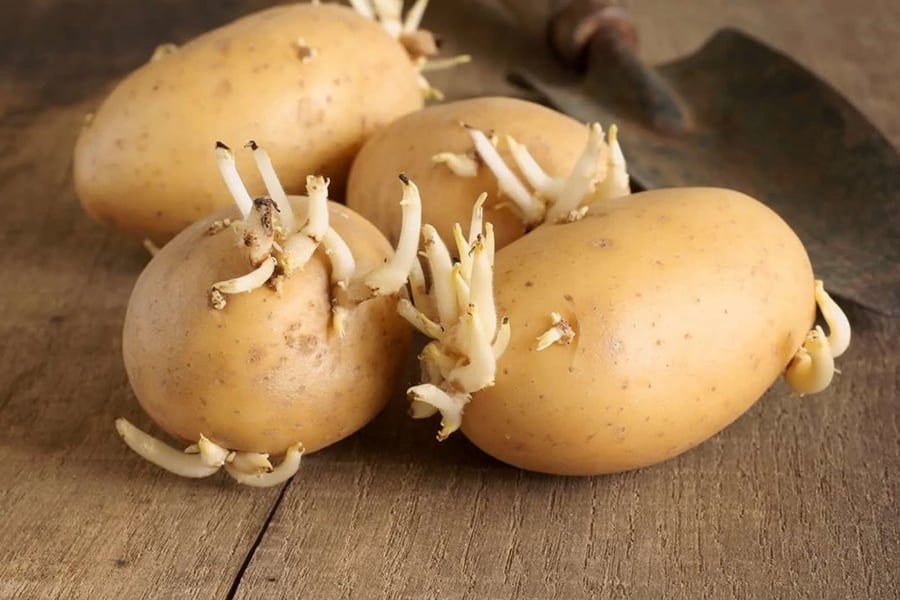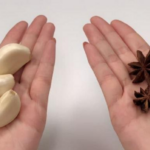It can be frustrating to buy a bag of potatoes only to have them sprout and turn mushy before you’ve used them all. But fear not, blogger Jerry James Stone has the perfect solution.
According to Jerry, speaking to Express, his simple storage tip can keep potatoes fresh for up to six months if stored correctly. “Storing potatoes is quite simple,” Jerry says. “Most of them prefer a cool, dark environment.”

While this is common knowledge, Jerry emphasizes the correct way to store them, including an interesting tip: store potatoes in a brown paper bag. “Just get a brown paper bag and leave it open,” Jerry advises. He explains that plastic bags, especially sealed ones, are not suitable as potatoes don’t like moisture.
“When using a brown paper bag, leave the bag open and store it in a cool, dark, and well-ventilated area,” Jerry warns. If potatoes are exposed to light, they will turn green and develop a bitter taste, so it’s crucial to store them in the dark.

Never eat sprouted potatoes. Illustrative image.
The ideal temperature for storing potatoes is between 45-50°F (7-10°C), as warmer temperatures can cause them to sprout quickly. Jerry recommends storing potatoes anywhere in the house or garage that can maintain a steady temperature within this range.
With this method, Jerry assures that potatoes can stay fresh for up to three months and even up to six months. For even better preservation, avoid storing potatoes near ethylene-producing items, such as:
Apples
Bananas
Melons
Tomatoes
Avocados
Pears
Kiwis
Mangoes
Jerry also cautions against storing potatoes in the refrigerator, not just because they will be exposed to light when the door is opened, but for several other reasons. “Putting potatoes in the fridge will cause the starch in the potatoes to turn into sugar, giving them an unpleasant taste.”
The Ultimate Rice Storage Solution: Keep Rice Fresh and Pest-Free for Years
“Moth infestations in rice are a nuisance and can greatly diminish its nutritional value and taste. This is a common problem faced by many, and it’s time to equip yourself with a simple, cost-effective solution to get rid of these pests. It’s a nifty trick that every homemaker should know, and it won’t cost you a dime!”



































